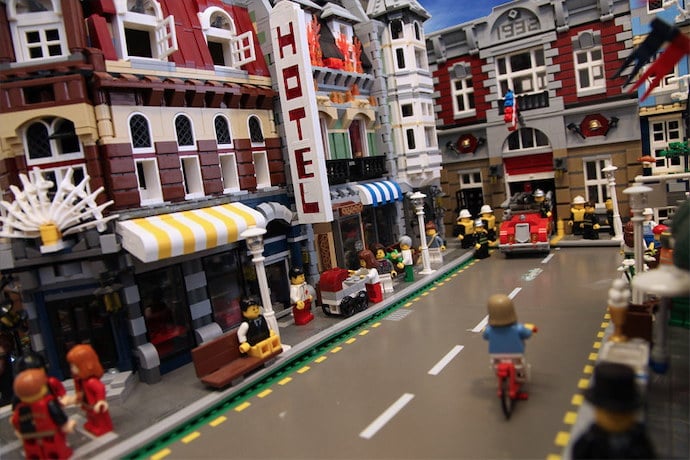Internet-connected devices are really convenient to have, as they have the power and information of the internet powering them at all times. However, as soon as the internet connection goes down, these Internet-of-Things (IoT) devices become little more than an expensive paperweight.
The key, then, is to ensure that IoT devices are always online, even if your home network loses its internet connection. The easy way is to put a 4G or 5G chip in the device, but it’s more expensive for both the manufacturer and the user to maintain an emergency cellular data plan.
But there is another way. When your internet is down, there’s a good chance that your neighbor’s internet is not. Perhaps they use another service, or their connection is more stable than yours. So…why not use their network instead?
This is the goal of Amazon Sidewalk. It’s a special program that allows you to connect your Amazon IoT devices to others in your neighborhood, and theirs to yours.
This creates what’s called a “mesh network” where the devices on your network can both connect to another one to get an internet connection, and also allow other devices to connect to it and “piggyback” the internet off of it.
Usually, mesh networks are restricted to the devices in your home. However, Amazon Sidewalk wants to make it so neighbors can connect to neighbors, who can then connect to their neighbor’s neighbors, and so on.
The idea is that entire neighborhoods can connect to one another and help each other out when one goes down. And while the bandwidth isn’t enough to bring people’s laptops, computers, and phones online once the internet goes down, it’s enough for Amazon’s IoT devices.
Unfortunately, this opens up some privacy issues. Some people don’t like the idea of other people connecting to their router, and will turn off the Sidewalk feature. And for every person who turns off Sidewalk, the weaker the mesh network gets.
As such, Amazon Sidewalk is an interesting insight as to how IoT will progress and share data in the future. Will people allow other IoT devices to connect to their network? Or will privacy concerns prove too much for the plan to take off?
It’s a tough dilemma to solve, and IoT developers are still trying to find that perfect middle-ground that the majority agree with. Until then, community-created mesh networks will always be hit and miss amongst the public.
Learn More
Sidewalk IoT Network
https://www.techradar.com/uk/news/amazon-wants-to-bring-its-sidewalk-iot-network-to-the-countryside
Amazon Sidewalk
https://www.amazon.com/Amazon-Sidewalk/b?node=213281230111
Smart Neighborhoods
How to opt out of Amazon Sidewalk
https://www.theverge.com/22463257/amazon-sidewalk-privacy-how-to-opt-out
Pros and cons of Amazon Sidewalk
Amazon Sidewalk Bridge
Devices that support Amazon Sidewalk
https://www.androidcentral.com/here-are-all-devices-support-amazon-sidewalk

